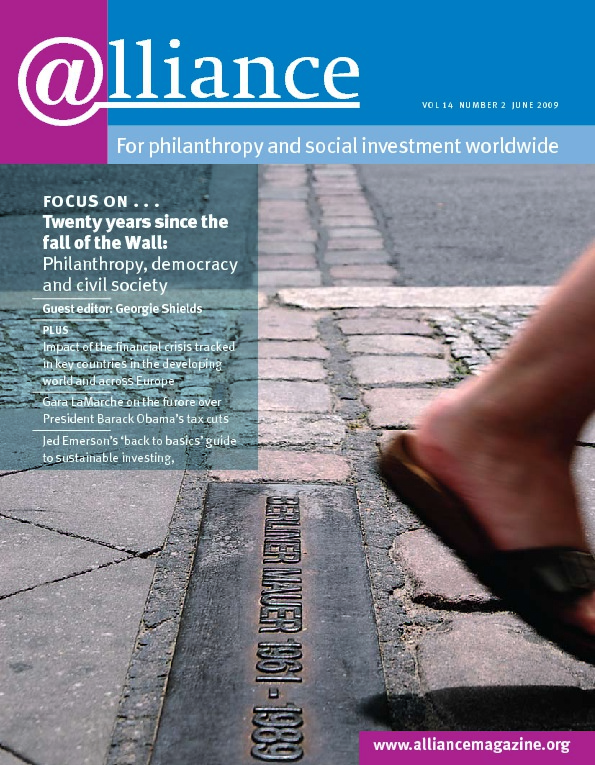According to Congressman Xavier Becerra, the US federal government forgoes $44 billion in revenues annually to subsidize charitable donations. Fernando Rossetti suggests that it makes sense to attach charitable contributions to public policies and purposes. It certainly does in return for a $44 billion subsidy by taxpayers.
President Obama proposed capping charitable deductions for wealthy households so that the maximum deduction they could take for a $1 of charitable giving would be 28 cents as opposed to 33 cents or 35 cents. The proportion of taxpayers affected would be 1.2 per cent, the potential decline in charitable giving 1.3 per cent (according to a March paper from the Center for Budget and Policy Priorities). He proposed to dedicate the saved revenues to comprehensive healthcare reform. In other words, the proposed cap was not an attack on charities but an increase in the taxes on households with incomes above $250,000. According to a Kaiser Family Foundation poll, 71 per cent of Americans agree with him that taxes on the wealthy should be increased to pay for healthcare reform.
But by some calculus, a charitable special interest took priority over a public priority, and charities rose up to defeat the proposal, even though they would have directly benefited by the provision of health insurance to 45 million uninsured Americans, the decrease in their own skyrocketing health insurance costs, and a reduction in the demand for free healthcare services at hospital emergency rooms and community healthcare clinics by the underinsured and uninsured. Charities in the US might not realize that some charitable public purposes do receive the kinds of prioritizing incentives Rossetti describes, through tax credits for affordable rental housing, historic preservation, employment for people on welfare, and energy efficiency. But in opposing a very modest tax on the wealthy that might have been felt, for a time, in the coffers of some large institutional charities, the US charitable sector has made a statement of its disconnection from public purpose.
Rick Cohen
National reporter, Nonprofit Quarterly
If we’re looking to unleash creativity and efficiency in philanthropy, I hardly think tax structures are the place to start. However, if we’re looking to create systems to encourage and support philanthropy’s contribution to society, then tax policies become a critical matter.
Defining these policies and systems is no easy feat. Standards and procedures can be, yes, limiting, and drawing the lines rather arbitrary (eg chocolate eggs or HIV/AIDS?). Different countries naturally differ in their approaches. In the US, for example, tax policy (albeit hotly debated) sends a clear message that the government encourages philanthropy. In Turkey, and many other emerging or developing nations, this message remains rather weak.
Yet a system that balances control with freedom can yield an environment in which giving is encouraged through tax deductions/benefits as well as effectively regulated to ensure that public resources (taxes) are used for public benefit. I think there are three important components in establishing this balance:
- transparent and efficient policy and procedures to regulate public benefit status (as some non-profits are ‘private’ benefit), developed and monitored in cooperation with philanthropic organizations and government officials;
- a reasonable, fair and consistent system of benefits (tax and otherwise) for private and public benefit non-profit organizations and donors; and
- governmental and non-governmental systems to ensure maximum transparency in informing the public (such as GuideStar and other such systems).
Filiz Bikmen
Turkish Philanthropic Fund Board Member, Turkey/New York


Comments (0)